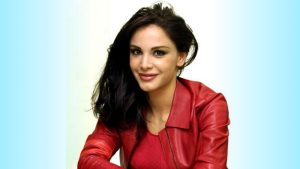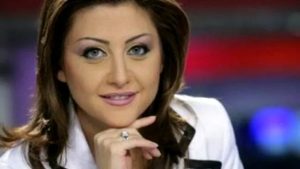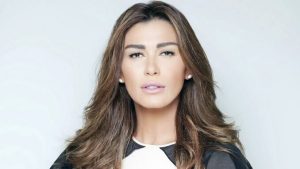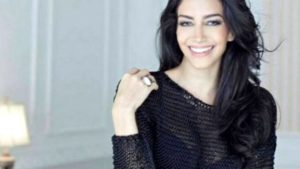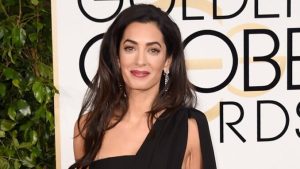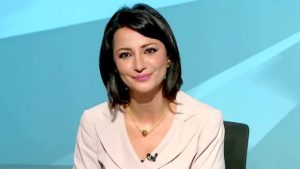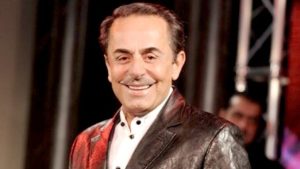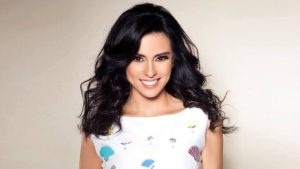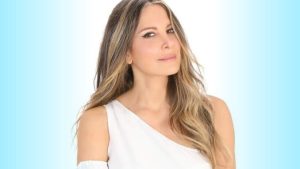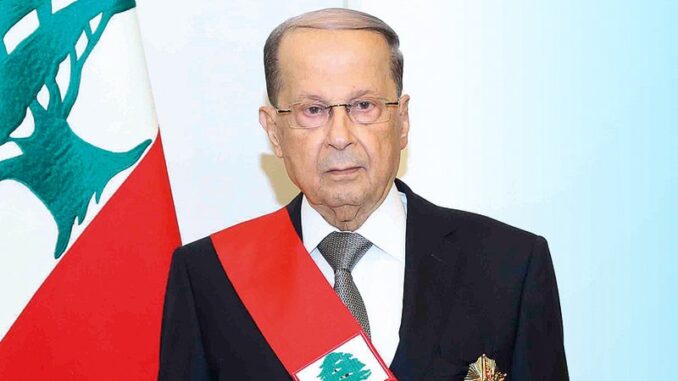
Michel Aoun, Lebanese politician, 13th President of the Lebanese Republic, born September 30, 1933 in Haret Hreik, Beirut, Lebanon.
Biography and life story of celebrity in English.
Basic info wiki card
Name in English: Michel Aoun
Name in Arabic: ميشال عون
Nationality: Lebanon
Language: Arabic, Lebanese dialect
Religion: Christianity
Date of birth: September 30, 1933
Place of birth: Haret Hreik, Beirut, Lebanon
Age: 89 years old (in 2022)
Astrological Sign: Libra
Profession: politician, diplomat, military
Rank in the army: Major
Position: President of the Lebanese Republic
Party: Free Patriotic Movement
Social status: Married
Wife: Nadia Al-Shami Aoun
Biography, Life story
Michel Aoun was born on September 30, 1933 in Haret Hreik, Beirut, the capital of Lebanon.
Graduation in the military career and his appointment as Commander of the Lebanese Army from 1984 to 1989
In 1955, he entered the military service when he volunteered as an officer’s cadet, and graduated in promotion. In 1970, he was appointed assistant commander of the 1st Artillery Regiment, commander of the administrative detachment, and commander of the acting command and service company. In 1972, he was appointed operational assistant to the commander of the 1st Artillery Battalion and a logistical assistant. In 1973, he was appointed commander of the 2nd Artillery Battalion. In 1976, he was dismissed to the Artillery Corps at the disposal of the Corps Commander, then placed at the disposal of the Inspector General to assist him in judicial investigations, then appointed Commander of the Artillery Corps. In 1982, he was appointed Chief of Staff of the Army Forces in charge of maintaining security in Beirut. In 1983, he was transferred to the Eighth Infantry Brigade to secure command of the brigade by proxy, and in 1984, he reached the rank of Major General with his appointment as Army Commander, a position he remained in until 1989. During his military service, he passed a number of courses inside and outside Lebanon in all From France and the United States, he also received many decorations, commendations and congratulations.
Head of the military government formed in 1988 and Acting Minister and President of the Republic of Lebanon
At the end of the war years, when he was commander of the Lebanese army, and after it was not possible to elect a new president, he assumed the position of prime minister, after being assigned by President Amin Gemayel to form a military government. He also assumed the acting president of the Republic of Lebanon, after President Amin Gemayel handed over power to him After his success in forming the military government, which became in opposition to the civilian government headed by acting President Salim al-Hoss, and the Muslim ministers resigned from the government hours after it was formed, and thus Lebanon has two governments. He also assumed the position of Minister of National Defense and Information in the government, while retaining his military rank in the army. He was entrusted with the tasks of the Ministry of Foreign Affairs and Emigrants, the Ministry of National Education and Fine Arts, and the Ministry of Interior by proxy, during the period of absence of the original minister.
The Taif Agreement of 1989 and the exile from 1991 to 2005
In 1989, the Taif Agreement was reached with Saudi mediation, which was the beginning of ending the civil war, but the agreement was rejected in its external aspect, because it required a Syrian deployment on Lebanese territory and did not specify a mechanism for its withdrawal from Lebanon. After fierce battles, he was expelled from the Baabda Presidential Palace in 1990 by a joint Lebanese/Syrian operation, so he was summoned to the French embassy in Beirut and stayed there for a period of time until he was then allowed to go into exile in France in 1991.
Return from exile and enter parliament in 2005 and lead the Free Patriotic Movement
In 2005, he returned to Lebanon from his exile in France, where he had spent 15 years, and was received by a large number of his supporters at the airport. After that, he ran in the 2005 parliamentary elections and entered the Lebanese Parliament with a parliamentary bloc consisting of 21 deputies, which is the second largest bloc in Parliament, and is currently led by the Free Patriotic Movement. He signed a memorandum of understanding with Hezbollah in 2006 at Mar Mikhael Church.
In 2008, he participated in the Doha Conference, which ended with the signing of the Doha Agreement, which stipulated the formation of a national unity government representing all Lebanese factions, and its parliamentary bloc received five ministers. He established a good neighborly relationship with Syria after the withdrawal of the Syrian army from Lebanon, carrying out what he said during his tenure as head of the military government, when he demanded that Syria withdraw to establish better relations with it. He visited Syria and met with Syrian President Bashar al-Assad after enmity with the regime of former President Hafez al-Assad. In the 2009 elections, he was able to increase the number of representatives of the Change and Reform Bloc to 27.
President of the Lebanese Republic since 2016
In 2016, after a vacancy that lasted two and a half years, he was elected president of Lebanon, by a vote of the Lebanese parliament, in which he obtained 83 votes. Aoun’s nomination came after a consensus between the political blocs in the country, and the Lebanese constitution requires that the president of the republic be from the Maronite Christian community.
Positions
Military service (1958-1990). (Lebanese Army – Lebanese Civil War).
Prime Minister of Lebanon (1988-1990).
Acting President of the Republic of Lebanon (1988-1990).
Member of the Lebanese Parliament (2005-2016).
President of the Lebanese Republic (2016 – now).
